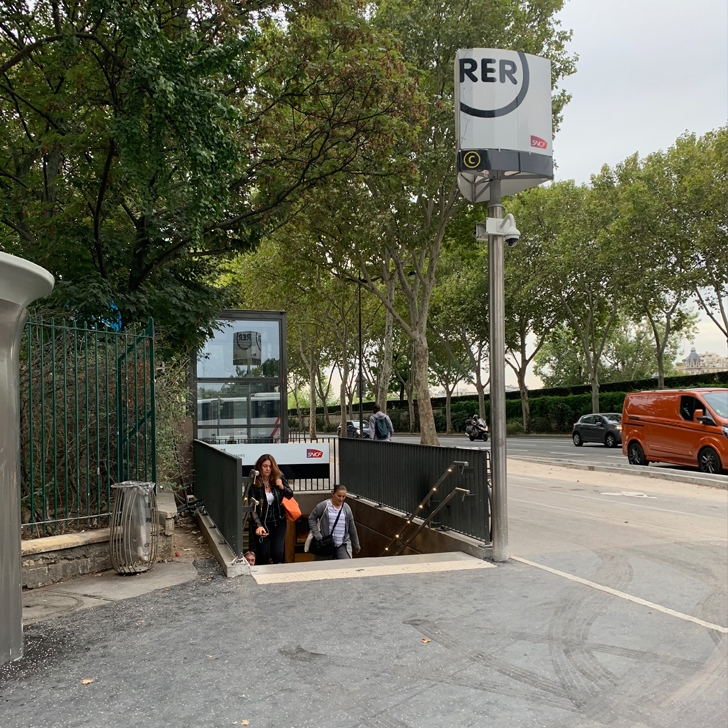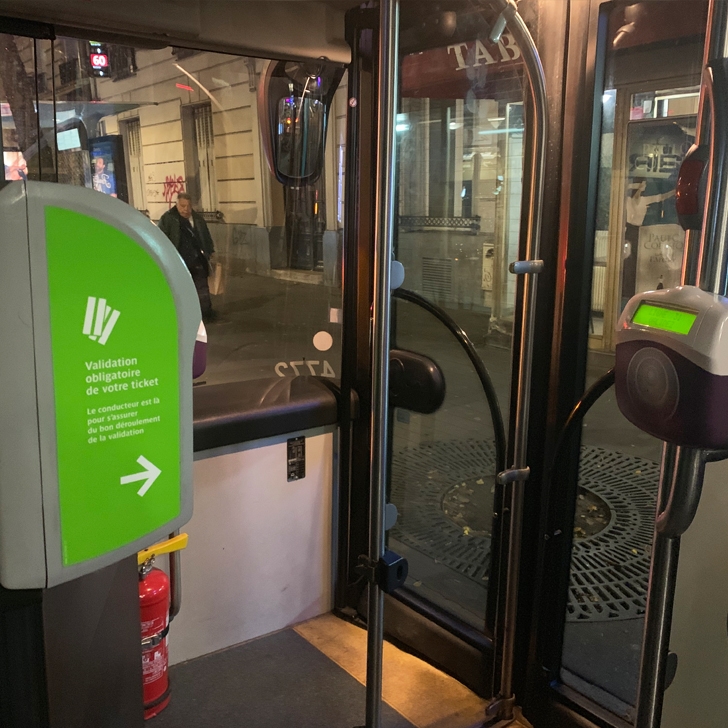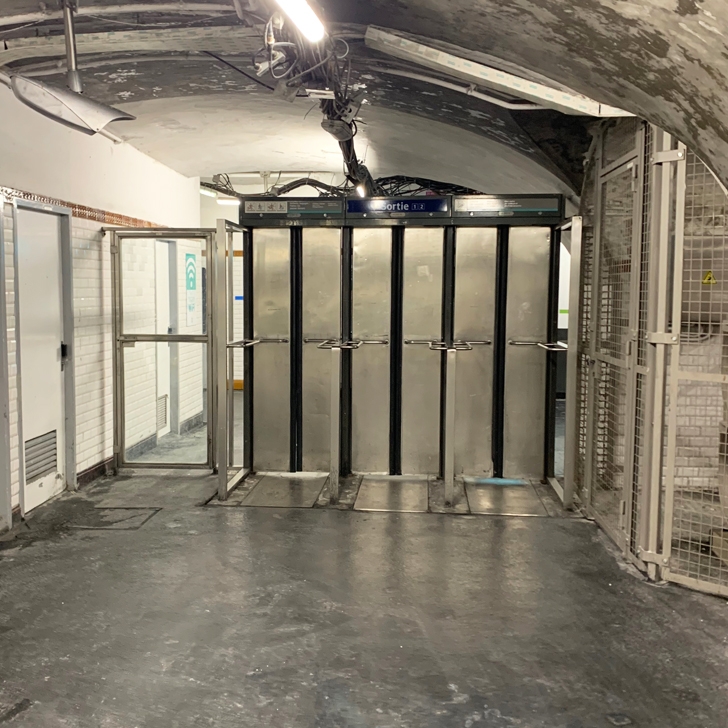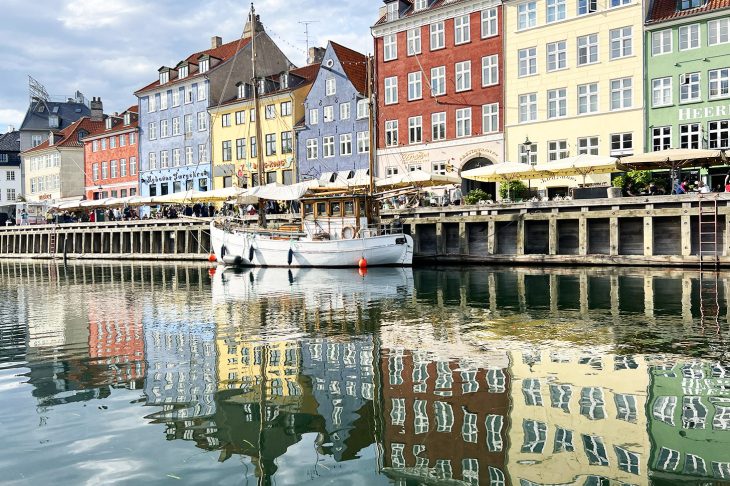
Which ticket for Paris? Quick Guide on Public Transport in Paris
One of the things that I found most confusing when I started my new project was the public transport in Paris. I mean this wasn’t the first time I visited Paris and I had to manoeuvre my way around before. But deciding which ticket to choose for Paris? There are so many different options: single tickets, packs of ten tickets, multi day tickets, Navigo cards. So which ticket for Paris is the right one for me? Well, good thing I’ve got you covered. Read on, hopefully I’ll answer all the questions you could possibly have about public transport in Paris and which ticket to buy for your trip to Paris.
Surely, I am not the only one that has to rely heavily on public transport wherever I go. I mean, wouldn’t it be nice if we could just hail a cab whenever we need to get from A to B in any new city.
Well, reality differs a little, at least for me. Yes, I might get the odd cab or Uber, especially when I travel very early in the morning or very late at night. But for the bulk of my travels, public transport is the way. And that’s regardless of whether I am travelling on business or for leisure.
Therefore, getting to grips with the public transport system is a necessity wherever I go. I have shared with you some information on the public transport system in Rome before and if I ever get to it, London and Budapest are to follow eventually.
But for now, let’s focus on the public transport in Paris. And which ticket best to buy for your Paris trip, be it a romantic Paris weekend with your loved one or a business trip on your own.

Public transport in Paris: Metro, RER, Transilien – which is which?
The Paris public transport system consists of three different types of trains: The Metro, the RER and the Transilien. Sounds confusing? Well yes, it can be… a little. But once you know which one is which and how to identify them, it does become easy(ish).
OK, let’s start with the easy one, shall we?
The Metro
The Metro is the Parisian underground line.
There are 16 Metro lines, named Line 1 to Line 14 (plus Line 3bis and 7bis, which originally started as parts of line 3 and 7, but eventually were separated as own lines). Each line has its own colour, to make orientation and way finding a little easier. On signs the Metro lines are identified by solid dots in the relevant colour with the numbers displayed in the dot.
The first Metro line was opened in 1900, so the Paris Metro isn’t quite as old as the London Tube (that celebrated its 150thbirthday a little while ago).
Metro trains run every 2 to 10 minutes, depending on the line and time of day. So, no need to check the timetable.

As someone who loves pretty train stations and underground stations, I have to say that most Paris Metro stations aren’t terribly exciting from a design point of view. The station entrances however are a different matter. They certainly are worth a look and a photo or two (pretty Instagram feed anyone?). I love the very detailed metalwork on the typical Art Deco railings, arches and lanterns that form the entrances to so many of the Paris Metro stations.
Next up, the RER
RER stands for ‘Réseau Express Régional’, meaning Regional Express Network.

These are fast commuter trains, that connect Paris centre with the suburbs. Within the centre of Paris, you can use the RER instead of the Metro, which might well be the faster option, as the RER does less stops.
There are 5 RER lines, name Line A to Line E. RER lines are shown as coloured circles (outlines only) with the letters in the same colour inside. Line A for example has the letter A in red, surrounded by a red circular outline.
They don’t run quite as frequently as the Metro does, but depending on the line and time of day, you will usually have a train every 10 to 15 minutes.
As a ‘normal’ tourist, you might not go too far out on most RER lines. However, you could take line A, if you wanted to head to Disneyland Paris. Or line B to / from Charles de Gaulle Airport. Or even line C to go and explore Versailles.

The Transilien
The Transilien is a suburban train system, connecting the main Paris train stations Montparnasse, Gare de Lyon, Gare du Nord, Gare de l’Est, Saint-Lazare and La Défense with the surrounding towns. Chances are, as a tourist you will never actually use the Transilien.
There are 8 lines: N, R, K, H, P, J, L and U. In stations, these are shown as square outlines with the letter inside and each line has their own colour.
Transilien trains run every 15 to 30 minutes to a precise timetable.
Which is the best ticket for my Paris trip?
Which ticket to choose for your trip to Paris depends on the length of your trip. And how often you plan to take public transport in Paris.
There are different types of tickets available and it can be a little confusing to pick the right ticket for your first ever trip to Paris.
First up, Paris is divided into five zones. But if you look at a map in any Metro station, you will only see two zones. This kept confusing me so much in the beginning, as I just couldn’t work out which zone I was in. But it is actually fairly easy. The maps in Metro stations only show zone 1 and 2, which are the city centre zones. And as a tourist, these are probably the two zones you spend most of your time in. Unless you need to get to Charles de Gaulle Airport, which is located in zone 5 (but more on that in a little while).
When you buy your ticket, you will need to decide whether you want a ticket for zone 1 – 3 only (Central Paris) or all five zones + airports.
So how to decide which is the best ticket for public transport in Paris?
Look at how many days you will stay in Paris. Just for a day or two? Or for longer?
Will you stay mainly in the centre and plan on walking a lot? Or will you require public transport several times a day whilst in Paris, to get from the hotel to the city centre and to get to all the places you’d like to see?
Is a Multi-Day Ticket the best ticket for your Paris trip?
If you are in Paris for a weekend and you plan on seeing loads of things (and don’t want to worry about having the right ticket), it is probably easiest to get yourself a multi-day ticket, known as ‘Carte Paris Visite’.
The Carte Paris Visite is a paper ticket that you can buy at all Metro stations. It is available for 1, 2, 3 and 5 days and either for zone 1-3 or zone 1-5 + airports.
As mentioned before, for most tourists a zone 1-3 ticket is sufficient and for adults this will cost you:
12 EUR for a day ticket
19.50 EUR for a 2-day ticket
26.65 EUR for a 3-day ticket
38.35 EUR for a 5-day ticket (prices correct in August 2021)
Should you require a ticket for all 5 zones, the prices do go up considerably, starting at 25.25 EUR for a single day up to a whopping 65.80 EUR for a five day.
Even if you do need to get from and to the airport on your first and last day of the trip, you might be better off buying a Carte Paris Visite for the city centre and a single ticket for your journey to and from the airport.
Please note that a ‘day’ is a calendar day, not a 24-hour period. So, if you arrive Friday evening and leave Sunday afternoon, this might be less than 48 hours, but you would still need a 3-day ticket, if you wanted to take public transport during your entire stay in Paris.
That being said, if you arrive late on Friday evening, it might turn out cheaper to buy a single ticket for your journey to the hotel and then buy your Carte Paris Visite on Saturday morning (and therefore only buy a 2-day ticket).
Using single tickets for public transport in Paris
If you have a hotel that is fairly central and you plan on walking a lot rather than heavily relying on public transport in Paris, you might consider just getting yourself some single tickets.
A single Metro ticket t+ currently costs 1.90 EUR or 16.90 EUR for a carnet (a pack of 10 Metro tickets). The tickets are valid for zone 1-3 and for a single journey on the Metro, RER or bus.
When I say single journey, this isn’t strictly true. You can actually transfer within a certain time. But only under very specific rules:
You can interchange between Metro lines or between Metro line and RER, as long as you don’t exit the station and the transfer is within 2 hours.
You can interchange between busses within 1.5 hours.
However, you cannot interchange between Metro and busses. In that case you would need two tickets.
Sounds confusing? Well not really. It is fairly easy really. If you can interchange, your ticket will work if you validate it a second time. If you can’t interchange, it won’t accept the ticket. Easy way to tell.
The good thing about buying a carnet? You can just stuff the tickets in your purse, and you have them ready, if and when you need one. This is what I did at the beginning. I was rarely using public transport, as my hotels were often fairly close to the office. I just walked everywhere. Which is an excellent way to explore any new city, if you ask me. If you don’t believe me, head out in the early hours and see how beautiful and peaceful Paris is in the mornings, before all the tourists wake up.
A little piece of advice: Do not keep your Metro tickets near your phone. Trying to be all clever and organised, in the beginning I kept one or two tickets in the back of my phone cover. So, I could quickly reach for them, if I decided to use the Metro or a bus. Unfortunately, tickets are deactivated, if stored that way. Took me a while to work that out and I eventually ended up with quite a few that did not work anymore. But don’t worry. If this happens to you, you can simply take your ticket to the nearest ticket booth and ask them to replace it. They might moan, but ultimately, they will do it. However, if you’d like to avoid the hassle, just consider yourself warned and store your tickets a little smarter than I did.
Using Navigo for public transport in Paris
Are you staying in Paris for an entire week? Or are you coming over more regularly? Then Navigo might be the best ticket for you whilst in Paris.
Instead of a paper ticket, this is a reloadable plastic card (a little like the Oyster card in London, if you are familiar with that… although not quite as smart).
There are two types of Navigo available.
The Carte Navigo is only available for those living or working in Paris. You will need a registered address in France, otherwise you cannot order this card.
As a tourist or frequent Paris traveller, you can buy yourself a Carte Navigo Découverte.
You can buy the Carte Navigo Découverte at all Metro and train stations, for a fee of 5 Euros. Please note, this is not a deposit. You can’t simply give your card back at the end and get your money back. Therefore, if you only spend a few days in Paris, you will need to factor those additional 5 Euros into your overall cost, when working out which ticket is best for your stay in Paris. But you can keep the card and re-use it if and when you come back to Paris.

The Navigo card cannot be transferred. You will need to provide a photo, when buying your Carte Navigo.
Although it is a little more hassle to buy your first Carte Navigo Découverte, in the long run it is much easier. And cheaper.
A weekly travel card on Carte Navigo (Navigo Semaine) costs you just 22.80 EUR for all five zones. Which means the Carte Navigo might be the best ticket for your visit in Paris if you stay for 3 days or longer. But (and obviously there had to be a but) the Navigo Week Pass is only valid from Monday to Sunday. So, if you come to Paris for four days from Friday to Monday, you could use the Navigo Semaine for Friday to Sunday, but would still need another ticket for Monday. In this case you are probably better off getting yourself a paper ticket.
If, like me, you come to Paris several times a month, getting a monthly Navigo pass is the best option. At 75.20 EUR for all five zones for the entire calendar month, this is by far the cheapest option for public transport in Paris.
Want to know more about Carte Navigo, where to buy it and how to use it?
Where to buy your ticket for public transport in Paris
You can buy single tickets at every ticket vending machine in stations, as well as the ticket offices. The ticket vending machines will usually accept both cash and credit cards.
You can also buy a ticket on the bus. However, this will be a little more expensive than buying them at a vending machine. And also, the ticket will only be valid for the bus, not for taking the Metro.
If you want to buy a Carte Paris Visite or a Carte Navigo Découverte, you will have to do so at one of the ticket offices.
Re-charging your Carte Navigo can be done at Navigo vending machines in the stations.
How to use your ticket on public transport in Paris
Ok, now that you know which ticket is best for your trip to Paris, let me quickly explain to you, how to use your ticket.
For busses, you simply validate your ticket or Carte Navigo when you enter the bus. There is no need to present your ticket again when you leave the bus, as the price is the same for every journey.
When using the Metro or RER, you will need to validate your ticket or Carte Navigo as you enter to the platform through the barriers. Occasionally, you might need your ticket again to leave the station. But usually, you don’t. You will however need your ticket / Carte Navigo again, if you interchange between Metro and RER.
If travelling with single tickets, please keep hold of your ticket until you have completed your journey and are out of the station again. Although you might not need to present the ticket to exit the station, you might be asked to show your ticket by ticket inspectors every now and then.

Public Transport in Paris: How to navigate a station
When you enter a Metro station and want to find your platform, there are two things to be aware off. Firstly, check which line you need to take. As already mentioned, all lines are colour coded, which makes it a little easier to spot the correct line on the signs.
Secondly, you will need to memorise the destination of that line. As the signs won’t say Eastbound or Westbound but will name the final stop of the Metro line.
Which can be rather confusing if you have a line with several destinations.
A little example: You arrive at Gare du Nord on the Eurostar from London. From here you want to get to your hotel near the Louvre.
At first, you would take line 4 in the direction of ‘Mairie de Montrouge’ to Gare de l’Est (which is only one stop). There you would change to the line 7 towards the Louvre. However, the signs wouldn’t say Louvre or Southbound, instead the sign would say ‘Mairie d’Ivry’ and ‘Villejuif – Louis Aragon’. As the Southern end of line 7 has two different termini, the signs will show both of them. Which can be a little hard to memorise when visiting Paris for the first time.
But the more you use public transport in Paris, the more familiar you get with the directions.

Does the Metro run 24 hours a day?
Unfortunately, the Metro does not run 24 hours a day. Sunday to Thursday the Metro closes at around 12.30 at night and re-opens at around 5.30 in the morning. Friday and Saturday night the Metro runs a little longer until around 1.30 at night. If you are out and about enjoying the Paris nightlife, you might have to rely on night busses and cabs / Uber to get you back to your hotel.
There you have it. A quick rundown on public transport in Paris. And which ticket is best for your stay in Paris. I hope you’ll find this useful and it answers all your questions on how to use the Metro, where to buy your ticket for Paris and how much money you’ll need to spend on public transport.


